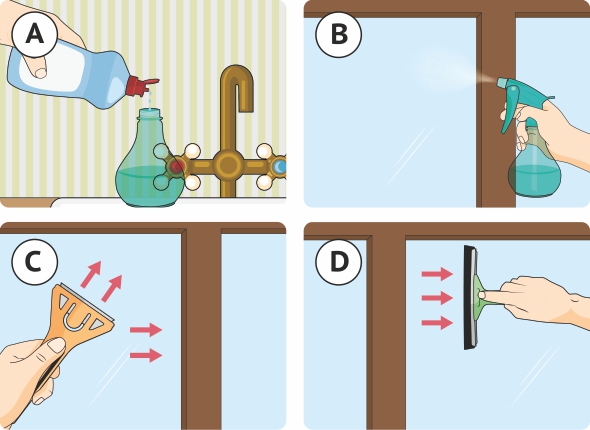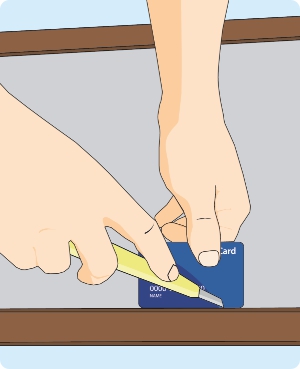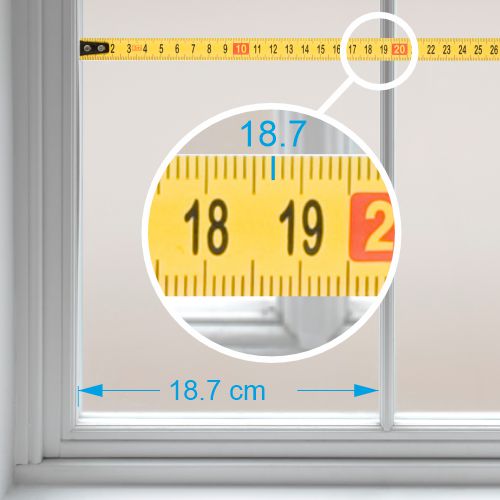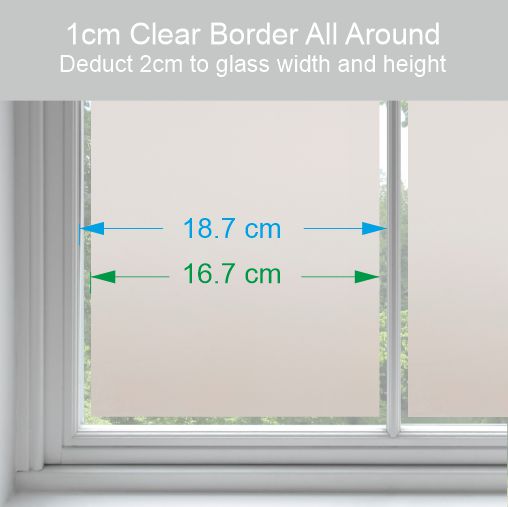Fushia Coloured Vinyl Film
Fushia self-adhesive vinyl film available by the metre. Can be used on glass, laminates, metals, plastics and any other clean, smooth, dust free non porous surfaces. Easy to apply using soapy water and the tool provided.
Read More
© 2025 Purlfrost All rights reserved













